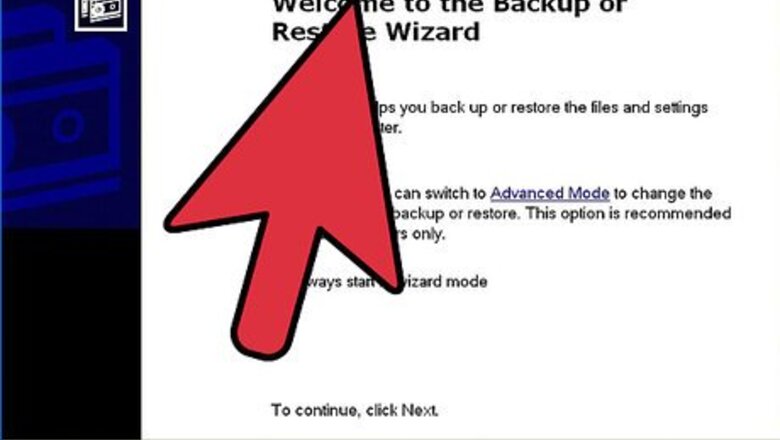
views
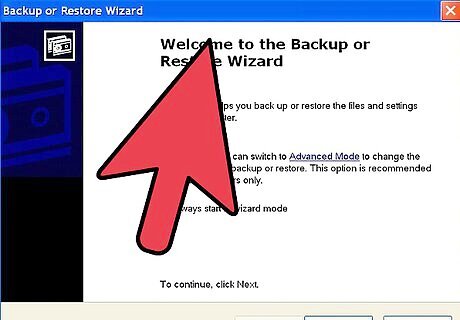
Backup your data. Although a Repair Install should not affect any of your data, it is always good to be prepared in case something goes wrong. Back up your essential files to an external drive, CD/DVD, or another form of storage. Make sure to get files from all of the possible locations, including My Documents, Desktop, and any other folders you may have created and placed files in. You should also track down your Windows Product Key in case you end up needing to do a complete reinstall. Your Product Key is typically located on the case that the Windows disc came in, or on a sticker affixed to your computer.

Insert your Windows XP setup disc. If you bought your computer from a manufacturer such as Dell, you may have a recovery disc instead of a Windows XP disc. Close out of the program that autoruns when you insert the disc.
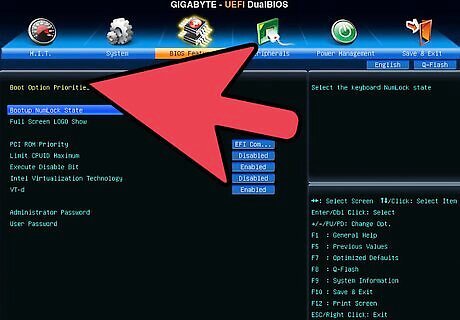
Reboot the computer and enter the BIOS. With the disc inserted, restart your computer. As the computer boots up, press the Setup key to enter your BIOS. The key varies from system to system, and will be displayed beneath the manufacturer's logo. Common keys include: F2, F10, F12, and Delete. If Windows begins to load, the Setup key was not pressed in time and you will have to retry.
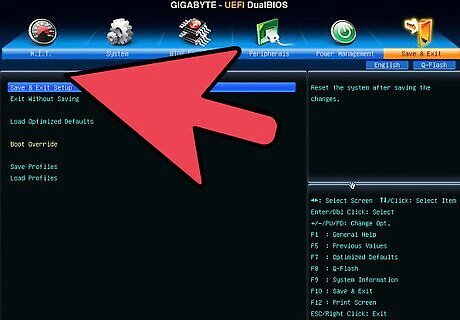
Change your boot order. Once you've entered the BIOS, navigate to the BOOT menu. It may be labeled slightly differently depending on your specific BIOS. You will need to change the boot order so that your CD/DVD drive is the first boot device, followed by your hard drive. Normally, the hard drive is the primary boot device. This means that the system attempts to boot from the hard disk first, loading your installed copy of Windows. You want to change it so that it attempts to boot from your Windows disc before trying the hard drive. Once you've changed your boot order, save your changes and restart your computer.
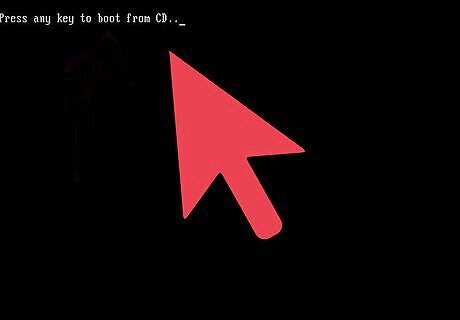
Start the installation. After you computer reboots again, you will see the message Press any key to boot from CD.... Press any key on you keyboard to start the Windows setup program. Setup will load the files necessary to install Windows. This may take a few moments.
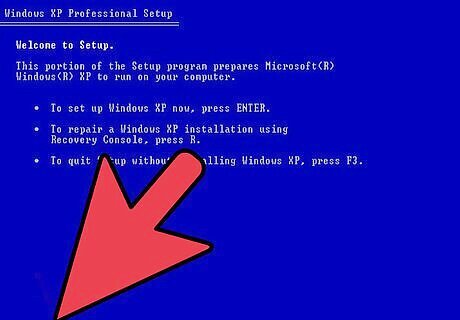
Navigate to the Repair Installation option. When the setup program first loads, you will be greeted with a Welcome message. At the bottom of the screen, you will see keys that you can press to navigate the options. DO NOT press the key for Repair; instead press Enter to continue. Press F8 to agree to the Windows License Agreement.
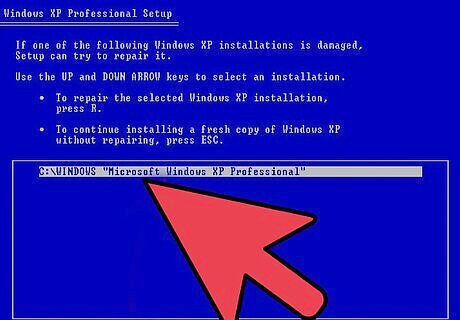
Select your copy of Windows. After the license agreement, you will see a list of your drives. One of them should be labeled "Windows" and will usually be highlighted automatically. The only time you will need to manually select it is if you have multiple operating systems installed.
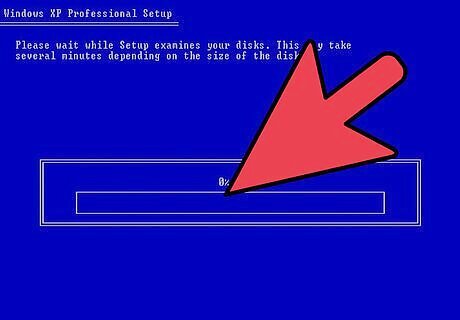
Start the repair. Once you have your copy highlighted, press R to start the Repair process. Windows will begin deleting system files. After the system files are deleted, fresh copies will be installed. No personal files should be deleted during the repair.
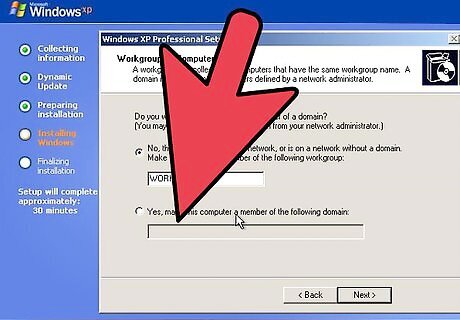
Set your preferences. During the reinstallation, you will need to select your Region and Language options. You will also need to set your network settings. Most users can choose the first option, "No, this computer is not on a network, or is on a network without a domain."

Wait for setup to finish. Once you've entered your preferences, you'll need to wait a few more minutes for Windows to finish copying necessary files. Your computer will likely reboot during this process.
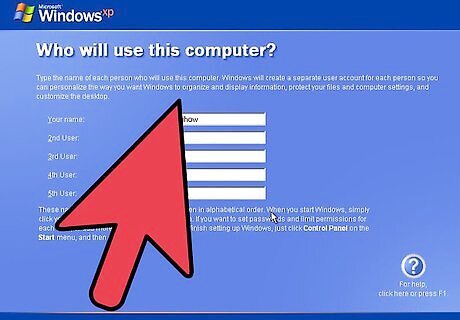
Create your user names. After installation is complete and your computer reboots, you will be asked if you would like to register with Microsoft. This is not the same as activation, and is completely optional. After that, you will be asked to create your user name and any other user names for people using the computer. You can add and remove users later if you wish.

Update Windows. After setup is complete, you will be taken to your Windows XP desktop. The repair installation reverted Windows back to its initial state, which means any updates, patches, and service packs that were installed have been removed. You need to update your computer as soon as possible to ensure that you are protected from threats.

Continue troubleshooting. If your problem has been fixed, then your repair installation most likely worked. If you are still experiencing problems though, you may need to take your repair efforts further and perform a completely clean install. This will involve wiping your hard drive of all data and starting over from scratch. See this guide for detailed instruction on performing a clean installation. With Microsoft ending all support for Windows XP in April 2014, this might be the perfect time for an upgrade. See this guide for upgrading to Windows 7 and this guide for upgrading to Windows 8.












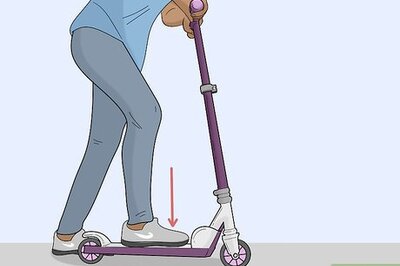





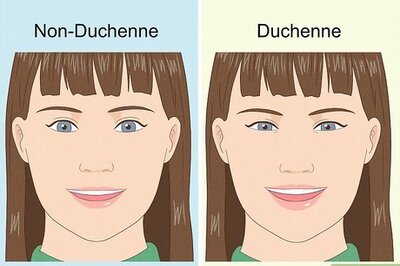

Comments
0 comment